One thing I wish I had done when I first started Uni was research the companies and opportunities around me so that I had a clearer goal in mind throughout my studies.
Remember that internships and work placements are an extremely important part of study and above all – self growth. They help you to gain real world insight into what it’s like to be a designer and what kind of tasks and workflows you will need to adapt to and master as you enter the industry. Think about your current location (where you live and study) and where you would ultimately like to work in the future (back home, London, or perhaps overseas?).
Then complete the steps below:
- Once for work placements and internships
- Then again for full time jobs if they differ from the locations of your work placements.
The reason why we do this twice is because you may not be able to afford the travel or accommodation fees during your studies and therefore it might be best to try and find experience closer to the location of your university to start with and then branch out to your desired job locations once you are financially able to do so.
Step 1: Research companies and opportunities
- Who are they?
- How do they work?
- Who are their clients?
- What are their office locations? – are they stand-alone, regional or global?
- What is their ethos (this is very important and will need to match your own)
- What is their style – is it a style you also enjoy working in?
- Who works there and what are their roles?
Step 2: Make a list of your top ten
Once you know the agencies that exist in your desired work locations, rank them in order of the ones you would most like to work at. If you do this early (i.e. while you are studying) it will give you a clearer idea of what you are aiming for once you graduate and enable you to tailor your projects and therefore portfolio along the way, building up collateral for those all important interviews.
Step 3: Prepare your collateral
If you don’t have many relevant projects relating to the field you would like to specialise in then you will need to create some. Remember who you are trying to speak to and connect with each time. Make sure your covering letter, CV, and portfolio include relevant information to each specific company and acknowledge the way they work, their company mantra and client type.
Step 4: Contact the right person
Refer to your notes from step 1 and identify the best person to address your email or letter to. If this is still unclear then make a quick phone call to the studio reception and ask them who the best person to contact is and request their contact information (it’s ok, they won’t bite!).
Step 5: Write a personalised email
Explain why you would like the opportunity to come and work with the team in your cover email and attach a reasonably sized PDF which maintains good quality visuals without being too big. Try and keep any attachments under 10mb to ensure they end up in your recipients inbox. You can do this by saving a PDF as ‘smallest file size’ and then selecting the compression tab and setting the image compressions to ‘high’.
Step 6: The second attempt
If you don’t get a response the first time, don’t take it to heart. Nine times out of ten, unbeknownst to you, you have just chosen the busiest moment in the studio to send your email and the recipient is run off their feet with meetings, in the middle of an urgent deadline or replying to an epically long email chain that needs their full concentration. We are human and sometimes we genuinely just forget to reply – even though we fully intended to. Just drop us another email a week later to request some feedback (avoid Mondays) and hopefully you will get a belated response.
Step 7: The direct approach
If you’ve sent countless requests to countless agencies and you are STILL waiting for some kind of feedback – another approach you can take it to drop your portfolio off to the studio by hand. Sometimes that face-to-face interaction really counts and shows how determined and driven you are. For all you know that agency is inundated with emails from students and graduates every day but if you show up and hand over your beautifully presented hard work and let them know you will come back in a few days time to collect it (to take to another rival agency), the office manager will ensure the studio knows there is a pick-up deadline and they may at least give you some proper feedback if not an interview!
Step 8: Persevere
The key here is to just keep swimming. Yes design is competitive and yes it is difficult to get your foot in the door but that’s not to say it is impossible. I cannot express how much it truly boils down to right-place-right-time and if you are the right fit or the company. Find as many opportunities out there as you can and just keep applying. Something will pull through for you at some point, and when it does, grasp it with both hands and be as helpful and enthusiastic as you possibly can.
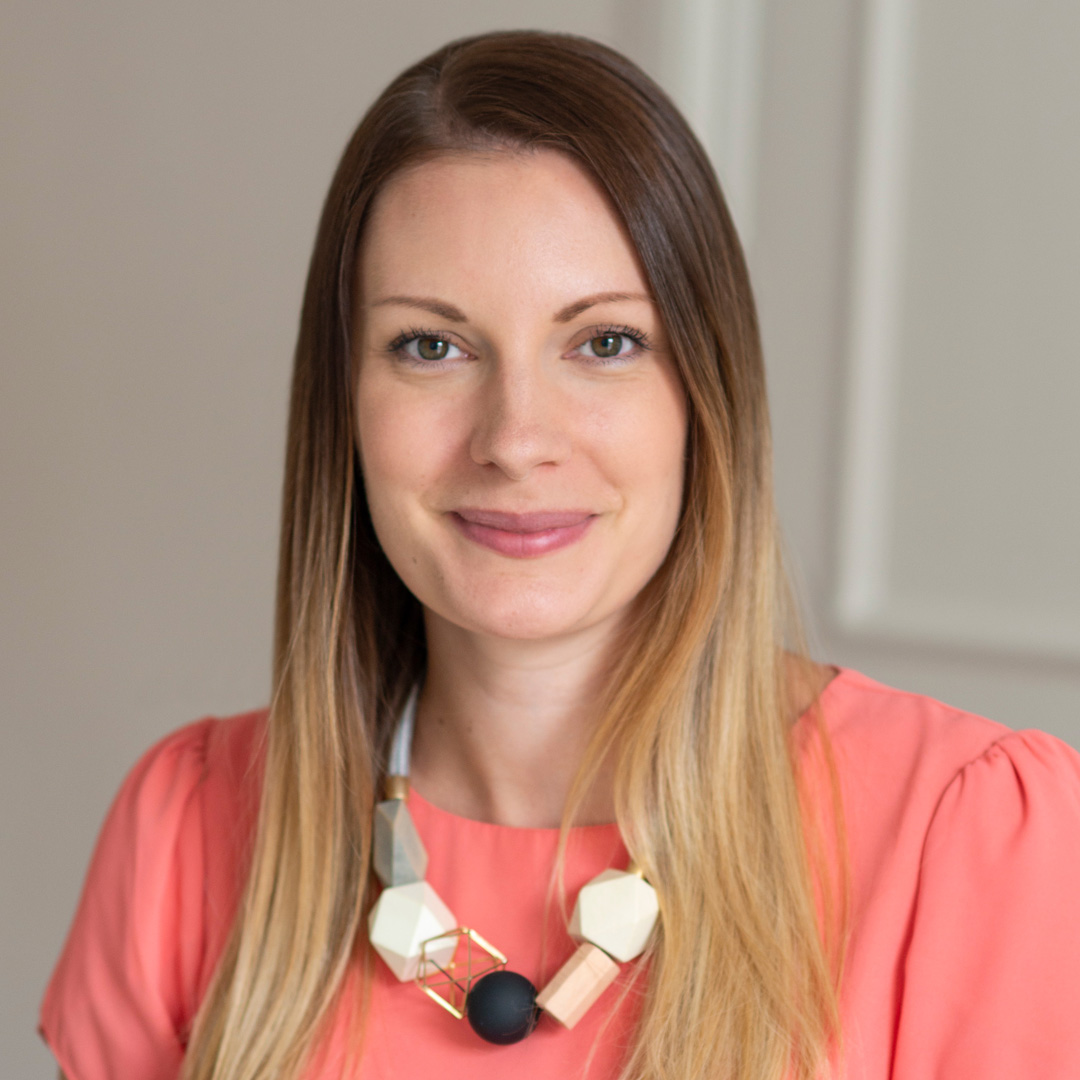
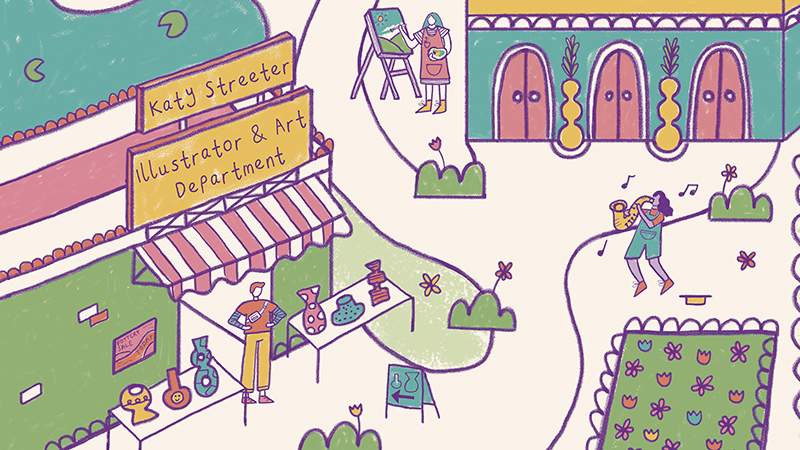

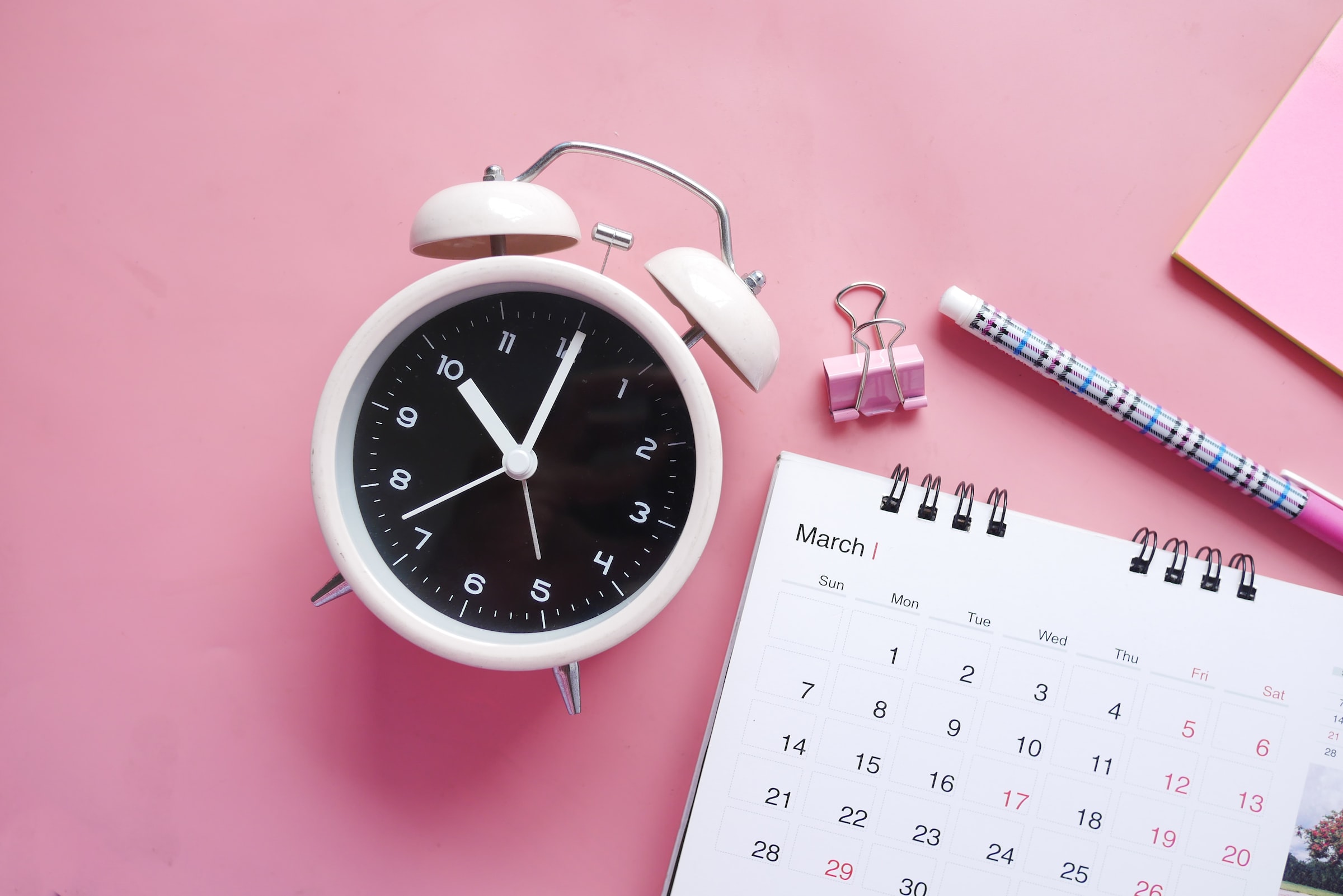

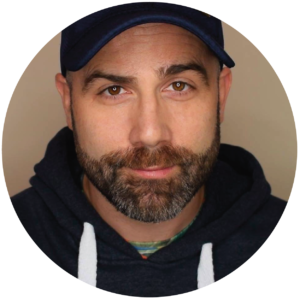








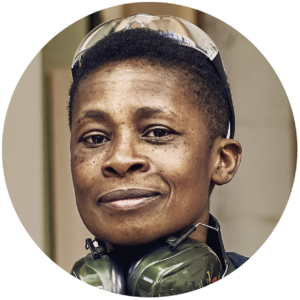




Responses